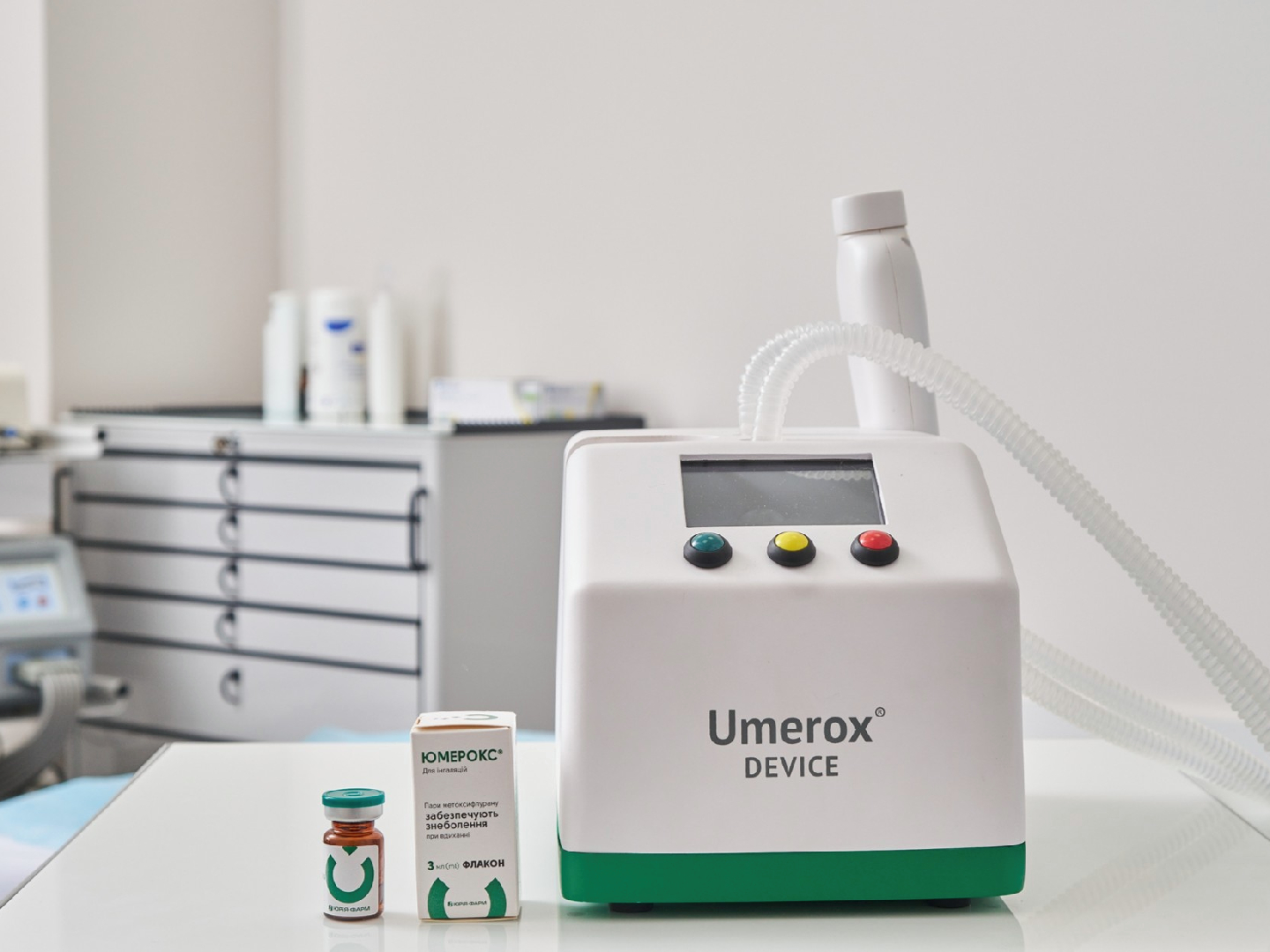Tivortin® in the therapy of placental dysfunction
State Institution ‘Zaporizzhya Medical Academy for Postgraduate Education of the Ministry of Health of Ukraine’
The issue of placental dysfunction has been a current problem in modern Obstetrics for a several decades already.
Currently, both in the society and in healthcare, there is a paradoxical situation in place. On the one hand, we have a technical possibility to prove the presence of foeto-placental problems (conventional ultrasound, Doppler ultrasound) and at least a partial understanding of pathogenesis in such problems. On the other hand, we refuse to respond with pharmacological prevention and therapy, while termination of pregnancy is used as the only way to solve these problems.
The paradox lies in the fact that we are instructed to watch foetal deterioration passively and only when it reaches its climax (that is, the brink of foetal loss), we induce labour or otherwise deliver the foetus regardless of the gestational age [1].
When one considers the high cost of care in preterm neonates (especially at Weeks 22–32) and the rejection of mere efforts to manage circulatory disorders in the foeto-placental system (given the availability of positive therapeutic experience in our country), an idea suggests itself that this paradox might be explained by the lobbying of the corporate interests of large commercial medical centres.
Abnormalities at the stage of trophoblast invasion are known to be the principal pathogenetic mechanism behind placental dysfunction [2]. The related disruptions in the architectonics of the spiral artery walls causes the so-called flow mediated dilatation (FMD), a flow of mediated dilation responsible for increasing peripheral vascular resistance and blood flow disorders in the placental complex [3]. It is logical to assume that normalisation of peripheral vascular resistance will allow restoring the disrupted blood flow or will at least prevent further advancement of the process.






